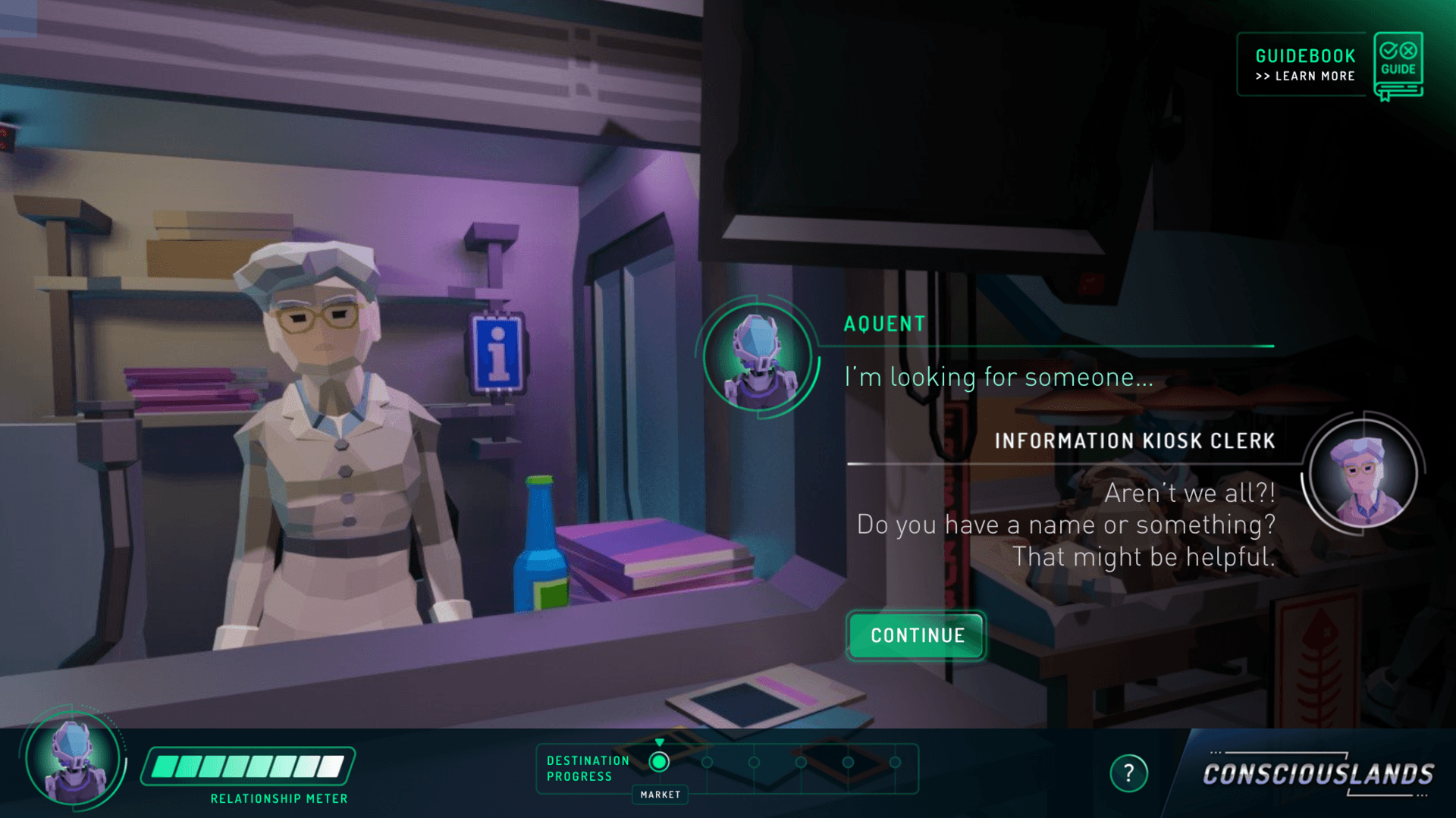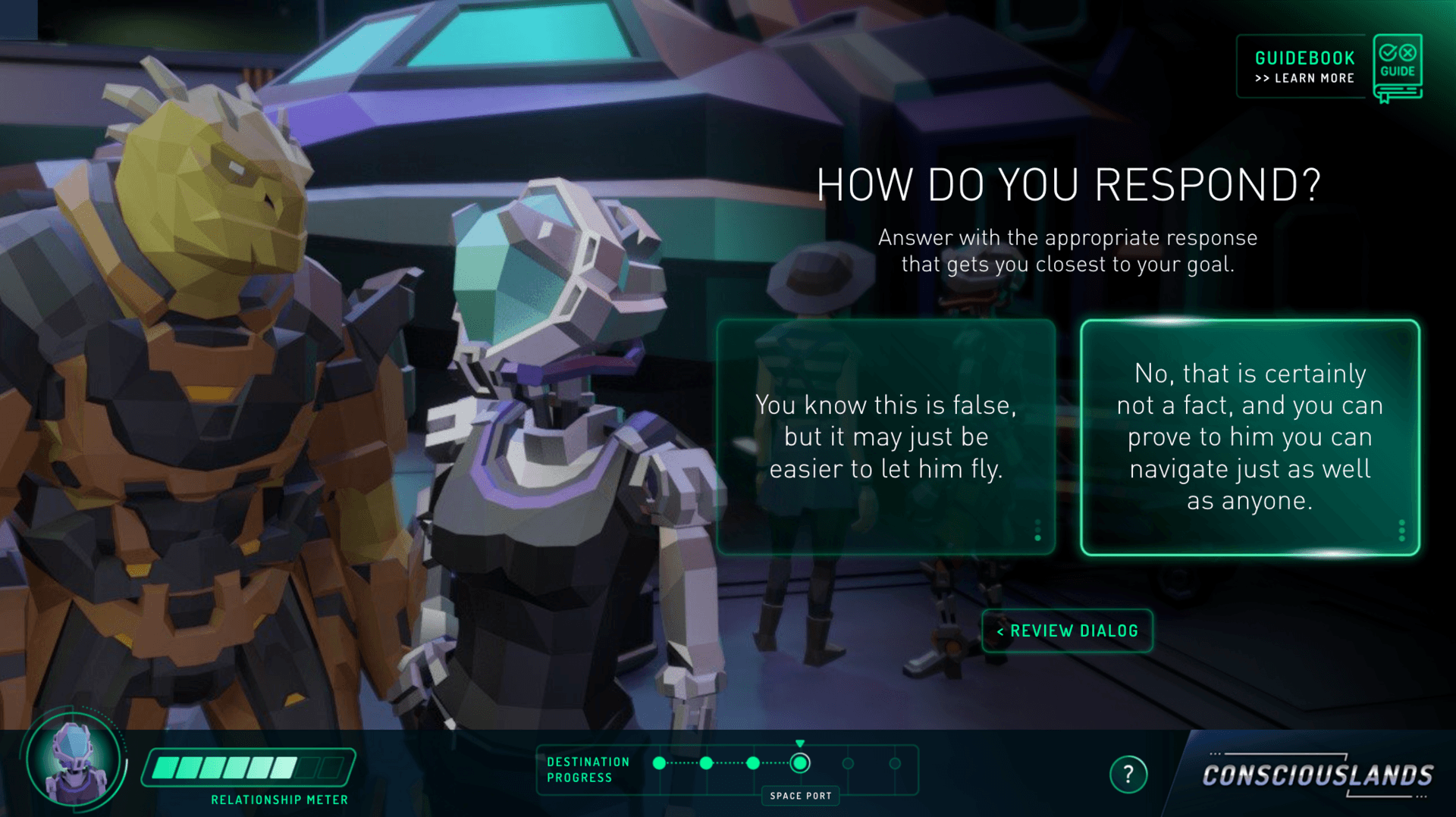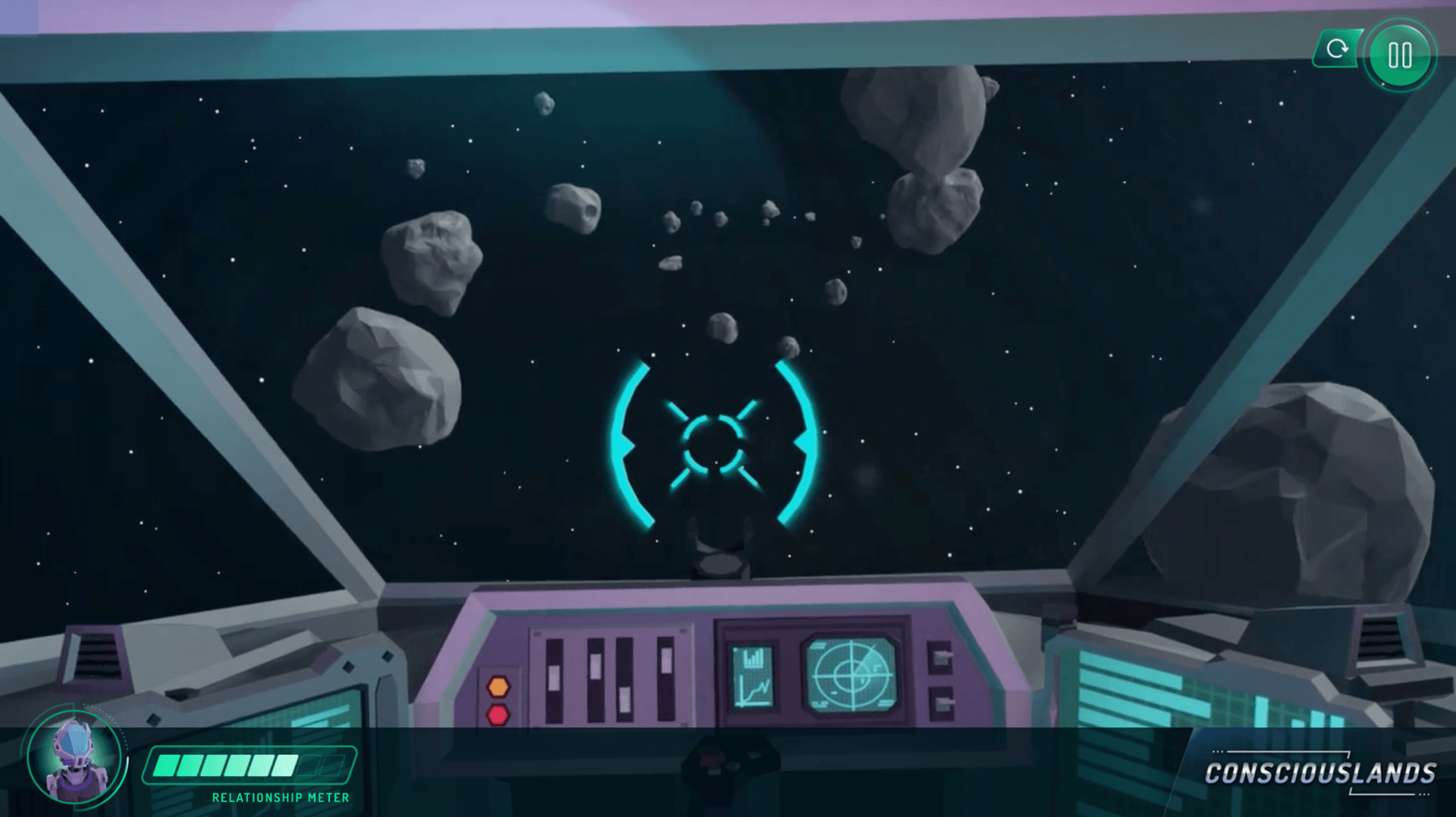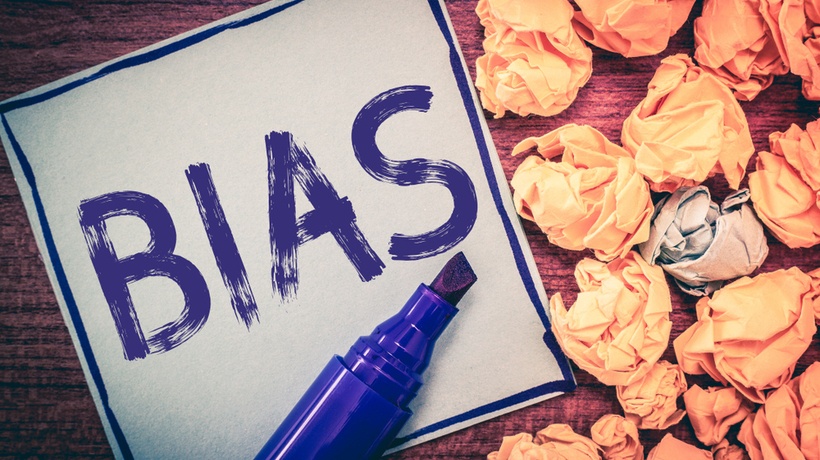Turning Bias Awareness Into Action
Harvard University's School of Public Health, Office of Diversity and Inclusion, defines unconscious bias as the "snap judgements we make about people and situations based upon years of subconscious socialization." [1] This includes notable concepts like affinity bias, beauty bias, confirmation bias, conformity bias, gender bias, and more. Unconscious bias can have deleterious impacts on the workforce, perpetuating stereotypes, escalating workplace disengagement, and increasing turnover. [2] eLearning gamification (or the educational application of game-playing principles to typically non-game concepts) can be a powerful tool to address unconscious bias by turning what can otherwise be abstract, uncomfortable, or theoretical topics into active, experiential learning moments that build awareness, empathy, and behavioral change. Applying game mechanics, like storytelling, tailored response, and progress, boosts engagement and motivation. Gamification uses game elements to activate employee participation, empathy, and self-reflection. These elements include clear goals, narrative challenges, instant feedback, and incremental rewards. Research in cognitive psychology and learning science supports the use of gamification to disrupt automatic thinking. Interactive simulations engage the prefrontal cortex, which is responsible for decision-making and self-regulation, while reducing the influence of the amygdala, which drives instinctive, emotional reactions. This physiological engagement helps learners slow down and process decisions more consciously, a critical factor in mitigating bias. With a gamified approach to unconscious bias, bias awareness becomes tangible, personal, and memorable.
To help employees recognize, address, and circumvent unconscious bias, Walmart and Activica Training Solutions partnered to create Consciouslands, a learning game to confront truly universal biases we all share to some degree by designing a truly universal concept: an epic, intergalactic space opera where player learners are sent on an intricate quest to find an ancient relic (a sacred talisman) to bring peace to the united federation of planets. After choosing their alien avatar, stages along this quest are completed through a series of branching conversations with different types of intelligent bipedal creatures, none of which are human. This choice helped remove the player from their own bias, so they could not immediately see themselves in any of the characters, while still modeling unconscious bias concepts. How the player interacts with a character reveals different unconscious biases of the player, but also, who the player chooses as an avatar reveals the unconscious biases of non-player characters, which the player then must differently navigate to still complete the goal of the mission. The game experience changes (i.e., the feedback varies) based on whom the learner chooses to be, because the other characters' biases change based on that selected avatar.

Branching simulations encourage learners to test their instincts, confront the outcomes, and reflect on alternative approaches. This process turns passive knowledge into active decision-making skills. In Consciouslands, branching scenarios allow learners to confront choices shaped by implicit bias and learn how different choices create different possibilities, which encourages replayability to uncover the new possibilities of different decisions and even new possibilities that arise by choosing a different avatar. Each choice leads to a consequence, reinforcing the emotional and social impact of bias. With that encouraged replayability comes increased comprehension, retention, and repeated application (or varied practice of new concepts). Through gamified replayability, bias awareness becomes a recurring practice rather than a single compliance event.

A novel innovation of Consciouslands is this feature of assuming different roles and observing how different types of characters react to you, depending on the role you choose. By seeing a scenario from multiple perspectives, learners build empathy and awareness of how others experience bias. Because learners are exposed to multiple characters with shifting perspectives throughout the immersive narrative, they build empathy through the storytelling mechanic. They encounter different characters in different settings with different challenges and different unconscious biases, all of which must be carefully traversed by the player for the sake of a successful game.

In gamifying an unconscious bias learning simulation, the goal is not just awareness—the goal is to change behavior. Consciouslands encourages mastery through incremental learning, where the player is aware of progress (and regression) through a Relationship Meter consistently displayed on the screen to measure awareness growth. Instant feedback helps learners recognize patterns in their thinking. Instead of one-time "right or wrong" assessments, the system tracks choices, rewards progress toward inclusive behaviors, and provides coaching through the helpful Station Chief (the player's in-universe mentor) and with access to an unconscious bias Guidebook.

As a gamified eLearning experience, while Consciouslands is designed to be experimental, playful, and entertaining, learners are still expected to take away a working vocabulary and action plan around unconscious bias, so players are prompted to consult the Guidebook to learn unfamiliar terms, concepts, and strategies. In this model, the fun of the game is still reinforced with a necessary academic gravitas.

Unconscious bias continues to be one of the most persistent barriers to inclusion, equity, and innovation in the workplace. Despite years of mandatory training and awareness initiatives, organizations often struggle to turn good intentions into lasting behavioral change. The problem isn't usually a lack of awareness; it's a lack of meaningful engagement. Some facts:
- A reported 39% of employees experience unconscious bias at least once a month. [3]
- Acting on unconscious bias increases the risk of legal or regulatory noncompliance for a business. [4]
- The cost of workplace bias is projected at $64 billion annually. [5]
- There is a need for memorable, impactful training that guides employee behavior toward a more accommodating, welcoming, and rewarding workplace.
- Gamification fosters continuous employee improvement and knowledge sharing. [6]
- 85% of employees are more engaged through eLearning gamification. [7]
- Gamification learning participants score 14% higher on skill-based assessments. [8]
Conclusion
Activica and Walmart's collaboration to create Consciouslands, a gamified approach to unconscious bias behavior change, is a model of merging business need with employee demand to increase engagement and effect change. The lessons of Consciouslands extend beyond this single implementation. They illustrate how gamified learning can transform compliance-driven training into meaningful, culture-shaping experiences. In an age where learning is increasingly digital and data-driven, gamified eLearning provides the bridge between knowing and doing—transforming bias awareness into daily, actionable practice. When designed to be immersive, reflective, and measurable, gamified learning becomes more than a training tool. It becomes a catalyst for belonging, innovation, and sustained cultural change.
References:
[1] Understanding Unconscious Bias
[2] How unconscious bias can affect employee engagement and retention
[3] Unconscious Bias: A Silent Threat to Workplace Diversity
[4] Unconscious Bias Examples and How to Overcome Them
[5] Unconscious Bias at Work: How It's Affecting Your Workplace
[6] Leveling up in corporate training: Unveiling the power of gamification
[7] 19 Gamification Trends for 2023-2025










